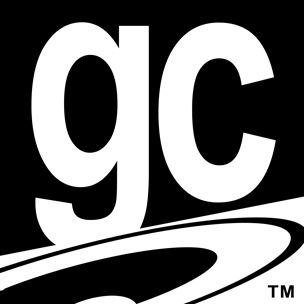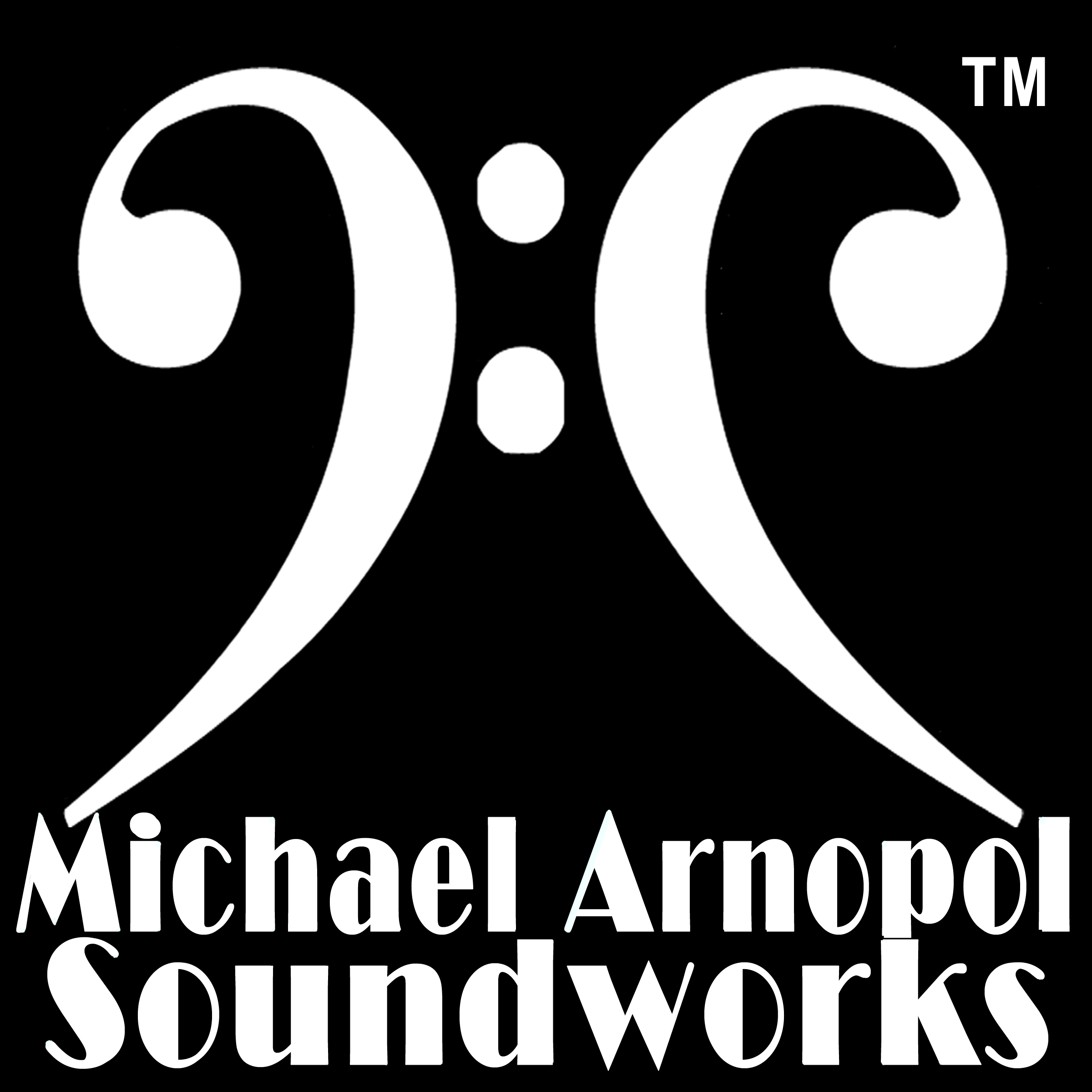Interested in becoming a Technology Partner Contact Us NOW!
The Manipulated Vortex Waveguide
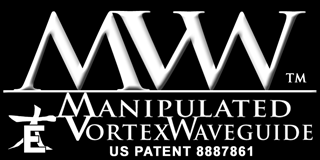
The Manipulated Vortex Waveguide tm or MVW for short is an electro-mechanical system that harvests and uses the energy from both sides of the loudspeaker transducer. A more loudspeaker centric term for this technology would be a Frequency Independent Virtual Compression Labyrinth Horn.
This alignment produces a de-correlated reverberant field yielding several benefits over more conventional designs:
- Increased loudspeaker sensitivity
- Greater perceived clarity
- Enhanced spacial immersion and imaging
- Enhanced dynamic response
- Reduction of adverse environmental interactions
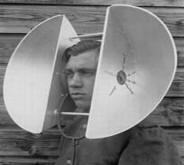
The Big E design philosophy begins with the study of conventional loudspeaker design with an emphasis on Folded Horns beginning with the Jensen Imperial and other Jensen designs. It is noted that when employing such large horns in a small listening environment the bass frequencies from such a correlated source could react adversely with the room causing severe node and anti-node behavior or even producing a standing wave that could be almost completely canceled if placed in a room of proper proportion to do so. The recommended remedy of such a situation is to place objects such as furniture in the output path of the horn to cause a breakup to the single source signal into multiple reflections or de-correlation. Contemporary researchers such as Dr. Earl Geddes and Floyd Toole as well as loudspeaker designers such as Duke LeJeune and James Romeyn have moved this theory forward with the study of Early and Late Reflections as well as Diffraction and High Order Modes.
At Big E we recognize that sine wave source input and point source theory create a useful simplified mechanism for the study of sound wave propagation and can be fundamental in the development of fine loudspeakers. For us, however, these mechanisms are guidelines not goalposts. Our goal is life-like natural sound. Sound in nature is very rarely created by a sine type signal radiating from a single point in space. Rather, sound in nature is the result of multi-turbulent hydrodynamic flows such as that created in the human larynx. To complicate matters our target audience is NOT a microphone and measurement device but the human ear-brain interface. It is the human auditory processing system that is the final focus of our designs. Dr. Geddes states that at frequencies above 500 cycles per second or Hz the wavelength is short enough to provide numerous pseudo-random reflections making placement of loudspeakers producing such a frequency range in most environments largely irrelevant. It is the frequencies below 500Hz that need the most consideration or treatment. The ability to place loudspeakers pretty much wherever the user may need them and still get excellent performance, rather than having to re-arrange the room or environment to accommodate speaker placement requirements, is a major design goal for Big E.
Our Loudspeaker Design Goals Are:
- Enhanced natural dynamics
- Resistance to adverse environmental/room interactions
- True fundamental frequency response balanced with pleasing psycho-acoustics
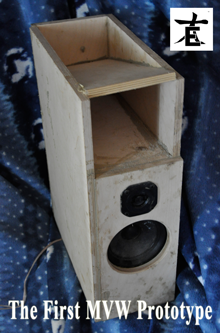
The Manipulated Vortex Waveguide
Loudspeaker Alignment
Stephen Regier and Thomas Ewers
In order to better understand The Manipulated Vortex Waveguide
Loudspeaker Alignment (MVW) or Frequency Independent Virtual
Compression Labyrinth Horn, we thought a little history may be
enlightening. The unintentional development of this loudspeaker
alignment began after Thomas designed a successful ported and
cross-fired dual 18” sub-woofer that is still crushing today. We were
introduced to the idea of an acoustical labyrinth coupled to a short
horn as a mechanism for increasing bass response. Provided only
limited details to prevent any preconceived notions, a 5” door speaker
from a BMW was requisitioned and put into the first test cabinet. The
results were astonishing. The little 5” transducer produced more bass
output than the 8” loaded folded horn we were using for comparison
inside the passenger compartment of a 15 passenger van. We then
started experimenting with the overlap and spacing of the chamber
baffles. Proper spacing of the baffles in relation to the driver
forced a rotation of the back wave through the labyrinth which created
tremendous bass sensitivity.
After this success we decided to scale up a bit and build a
dual 18” prototype. Go big or go home! There were some design elements
of our first commercial BigE subs that we wanted to retain. These
included the cross-fired alignment. Many possibilities were drafted
and built, but all were large and complex. We knew, based on our
prototypes, that we could limit the number of labyrinth baffles. After
several attempts at trying to combine the cross-fired driver alignment
into a labyrinth, we had found the output level we wanted, but
dangerous levels of infra-sound were also produced. Several bruised
ribs and three days of dizziness and disorientation on the sofa later,
we had to understand why this was happening. Each chamber was measured
and compared. The result
was the discovery of the Virtual Compression Labyrinth which created
the desired output. This reduced the size of the enclosure but
retained the output we sought.
Steve then wondered aloud if a smaller version of the same
design would work as a PA top. We built a 6” cab which to our surprise
still had support down to driver Fs and up to about 4K Hz as well. We
then tried an intermediate size and discovered that either a set of
sub-woofers or coaxial transducers could be employed in the same
enclosure providing extension to Fs of the installed transducers. This
confirmed the Frequency Independent nature of the design. We now had
the aspects of a Frequency Independent Virtual Compression Labyrinth
Horn.
After successful construction and testing of several different
sized loudspeakers using 3” to 21” transducers we set about the task
of researching and enhancing the alignment. The next issue at hand was
the enclosure size. In order to send the energy from the Virtual
Compression Labyrinth or Vortex Generator, as we call it, to the horns
or Output Flares at each side of the loudspeaker, a waveguide at the
rear of the enclosure was utilized. A test unit was constructed with a
common center horn fed directly by the Vortex Generators without the
waveguide. An extreme cancellation appeared resulting in the only
discernible sound being that of the enclosure itself talking.
Measurements in the center horn were very high but canceled as the
sound exited in front of the drivers. The Waveguide was confirmed as a
critical component.
After MONTHS of poking, prodding, and pestering Leland Crooks
finally agreed to stop in and listen on his way to visit Mike Arnopol,
to learn composites with his son Sam. We built two prototypes we named
for him: The LC8's. He was the first true skeptic of the MVW
Loudspeaker who became a believer in the technology. We gave him a
Lil'E 12 sub-woofer to take back and test in his shop. This is the
first cab Mike Arnopol saw. After just tapping on the cone and
listening to Leland, he wanted to be become involved with the product.
Mike also thought we should bring in Duke LeJeune of Audio Kinesis.
Based on a YouTube video of an event for which we provided sound, Duke
identified the de-correlated sound of an MVW cab, unlike anything he’d
heard.
The MVW alignment had the sensitivity, clarity, reflection
resistance, imaging and extension we sought with the placement
flexibility we needed. Big E Loudspeakers was formed. Needing an
identity for our technology we developed an accurate, descriptive, yet
misleading name: The Manipulated Vortex Waveguide. This provided
technology branding, early intellectual property protection, and
amusement. After working with some notable designers and manufacturers
we filed for Utility Patent protection in August 2013. Spurred on by
these and other discoveries and verifications we continue to further
study, refine and optimize the MVW alignment. Further enhancements to
the alignment were garnered during research conducted for Mike
Arnopol. The improvements are unmistakable. These advancements have
led to the MA-109 Bass Loudspeaker and tweaks throughout all product
lines. Our research continues as well as quantification of our
discovery through the use of Continuum Mechanics.
The Manipulated Vortex Waveguide Loudspeaker Alignment or MVW for short, (US Patent 8887861) began as a study of the properties of the Acoustic Labyrinth. In speaker centric terms the MVW could be called a Frequency Independent Virtual Compression Labyrinth Horn. This groundbreaking system utilizes disciplines of Continuum Mechanics not found in convention designs and is more akin to an acoustical musical instrument and a jet engine than a conventional loudspeaker. The MVW system harnesses principles of Multiturbulent Hydrodynamic Flow, as quantified by Dr. MS Howe in The Theory of Vortex Sound, to project a reverberant sound field to the listener providing greater clarity and rejection of environmental interference. Hydrodynamic flow and reverberant sound field (decorrelated sound field or multi time shifted sound field) theory is now emerging as the apex of loudspeaker development and is available from a few select manufacturers. Only the MVW system is successful at creating this desired presentation acoustically without the use of complex signal processing or external boundaries. This allows the MVW Loudspeaker to be deployed by conventional means yielding extraordinary results in acoustically harsh environments with greater clarity, coverage, and dynamics than conventional designs.
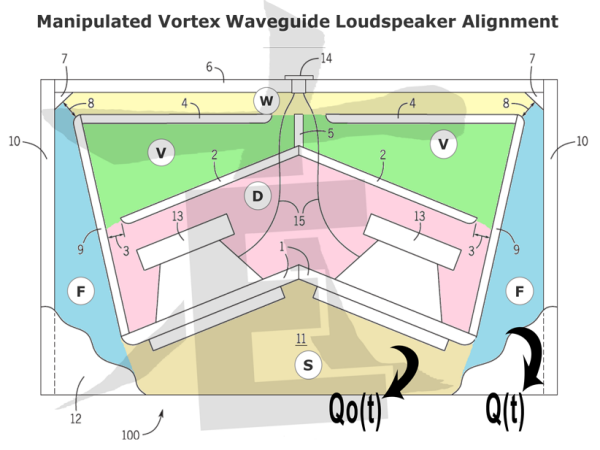
Conventional loudspeaker systems use resonation at a point of equilibrium. However, the MVW system operates in an unbalanced state requiring constant activation from the transducer cone. This means that when the transducer cone stops moving the MVW system comes to rest almost immediately. A conventional system must find a new equilibrium once the activation signal is removed causing a bloat or decay especially evident in low or bass frequencies. This bloat or decay further impacts clarity of the sound produced by the conventional loudspeaker. Since the MVW system comes to rest quickly it is capable of producing much greater dynamic contrast in the sound presentation. Much like a television screen that can produce better black can produce a richer picture.
In conclusion the Manipulated Vortex Waveguide Loudspeaker Alignment mitigates many issues plaguing conventional designs. Its ability to work well in acoustically harsh environments is one of the foremost benefits of the MVW. The ability to increase audience coverage distance by adding more MVW loudspeakers to an array without building excessively high SPL at the array is another powerful tool as well as the ability to provide greater audience coverage with fewer loudspeakers than conventional designs. However, than manner in which the MVW produces its decorrelated signal enhancing the listener’s experience is worthy of further investigation.
Duke LeJeune
My best guess as to why the Big E cabs have such precision and
articulation down low is, psychoacoustics. They play to how the
ear/brain system works, and in this case, it's counter-intuitive.
Okay, why don't recording engineers use headphones exclusively, and
just eliminate the room entirely? One reason is, it's really hard to
get bass instruments in proper balance, and the bass level EQ'd right,
via headphones. Headphones don't give you any room reverberation in
the bass region, and the ear/brain system uses the multiple "looks" of
room reverberation in the bass region to get a fix on the pitch. (In
high-end home audio, we find that small rooms don't have too many bass
modes - they have too few! The increased modal density of big rooms
contributes to better bass clarity.) So, what I think is
happening with the Big E cabinets is, they are doing a better job of
giving your ears multiple "looks" at the bass energy (at all of the
energy, for that matter), so it's easier to hear the pitch. As for why
the stops are so quick, when the system probably has poor time domain
performance, I do not know... I'll have to think about that some.
Maybe because their room interaction results in measurably smoother
bass than conventional cabs, and smooth bass
= subjectively "fast" bass.
One thing to keep in mind is, how slow the ear/brain system is at
low frequencies. The ear cannot even detect the presence of bass
energy from less than one wavelength, and it takes multiple
wavelengths for the ear to hear the pitch. Think of how long bass
wavelengths are, and you'll see that a lot has happened by the time we
can really even hear low frequencies. So a little bit of time delay in
a Big E cab may be of negligible consequence compared to how long it
takes the ear to correctly interpret low frequency energy. Whatever
mechanisms are involved, the net subjective result clearly seems to be
more good than harm.
Any or all of the above may be totally
incorrect and/or inapplicable; I really can't say that I know how these
cabs work, much less why they
work.
Mike Arnopol - MA Soundworks
I'm not a tech guy
so please be kind--all of you super smart guys out there
Frequency Independent Virtual Compression Labyrinth Horn
I
guess it sounds like more of our descriptive mumbo-jumbo but it's
really not.
There are 4 components in the MVW
Driver
chamber
Vortex generator
Waveguide
Port flares
The driver chamber is just that.
Out
of the driver chamber the sound waves go through a tall narrow
aperture. This compresses them. They then go into what we call the
vortex generator. This section is very narrow at the aperture. It then
grows wider. So--the sound waves are compressed into the V generator.
The expansion causes them to accelerate and causes the vortices. As
some have stated--in conventional reflex designs you don't
want 'em.
We're creating them on purpose. This part (the V
generator) is the critical part... This is what
creates a virtual labyrinth. It functions like a labyrinth but
without the length. The interesting thing---when they first were
designing it they stopped at this point. It wound up being near
perfectly 180 degrees out of phase. They knew they were on to
something because it almost
completely cancelled out all frequencies so they knew they were
getting near the same volume out of the V gen. (as I'll now call it).
So--how to get it back in phase?
What they did
At the end of
the Vgen it shrinks down to a smaller aperture the size of the
waveguide. . They then go into the wave guide. The Waveguide does not
open as the V gen does. It stays at the aperture width so the sound
waves are spinning (vortices) but staying in the compressed state. The
aperture leading into the V gen puts them 180 degrees out. The
aperture leading into the waveguide puts them another 180 degrees back
in. The compressed spinning waves go through the waveguide section and
come to the port flares (the part you can completely see from the
front). They then expand and accelerate out of the cab.That's the horn
part. But this horn obviously isn't big enough to reproduce the low
frequencies. It does amplify the movement of the vortices.
Here's the interesting thing. A few that tried the cab said that when
using effects or playing double and triple stops that were close
together seemed to hang in front of the cab. That's because the sound
waves from the vortex and the front of the cone don't reintegrate at
the cabinet front. They do from 3 to 8 feet in front of the
cabinet--depending on the room which is why JGR said that they were
louder 8 feet in front. I smaller rooms they can reintegrate further
out. At Tom's we were likely not even at the reintegration point.
Small room and we were pretty close. In larger rooms it's maybe about
3 feet out.
I'm sure that this will just fuel the naysayers but
it does behave like a labyrinth. But a labyrinth that goes this low
would be VERY long. This is 8 to 12 inches long but being expanded and
contracted again does some crazy things.
It is frequency
independent. This is pretty obvious as the measured frequency out of
the vortex is pretty much matching the response of the front of the
drivers.
If I tried to put as much power as we did at JGR's
into eight 5's in a reflex box they would have been unstable at half
of the power we put in. The MVW seems to stabilize the cones. We can
put WAY more power in and they stay stable WAYYY longer.
As I said earlier---I know what's going on (to a degree) but I
haven't a clue why.

